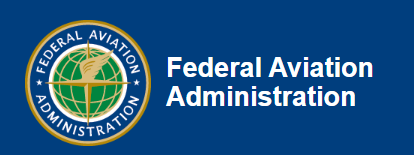If you’ve ever been curious about the types of data that can be collected remotely using drones and advanced sensors, the Remote Sensing and Geospatial Analysis Laboratory (RSGAL) at the University of Washington is a fascinating place to start. This innovative lab is at the forefront of environmental monitoring, leveraging cutting-edge technology to better understand and manage complex ecosystems.
At RSGAL, researchers are using drones equipped with LiDAR, multispectral, and hyperspectral sensors to capture highly detailed geospatial data from above. These tools provide valuable insights into environmental conditions, vegetation structure, land cover, and more—data that would be time-consuming, expensive, or even impossible to gather from the ground.
Two key focus areas for the lab are:
-
Wetland Research: Understanding hydrology, vegetation health, and seasonal changes in fragile wetland environments.
-
Forest Remote Sensing: Mapping tree height, canopy structure, and biomass for forest health monitoring and conservation.
The aerial data showcased here was collected using a DJI Matrice 300 Series Drone paired with the Zenmuse L1 LiDAR sensor, offering high-precision 3D point clouds and real-time terrain mapping capabilities.
If you’re interested in how drone-based remote sensing can benefit your research or business, reach out to Blue Skies Drones. We provide the equipment, training, and expertise to help you succeed with aerial data collection for sale or rental.


